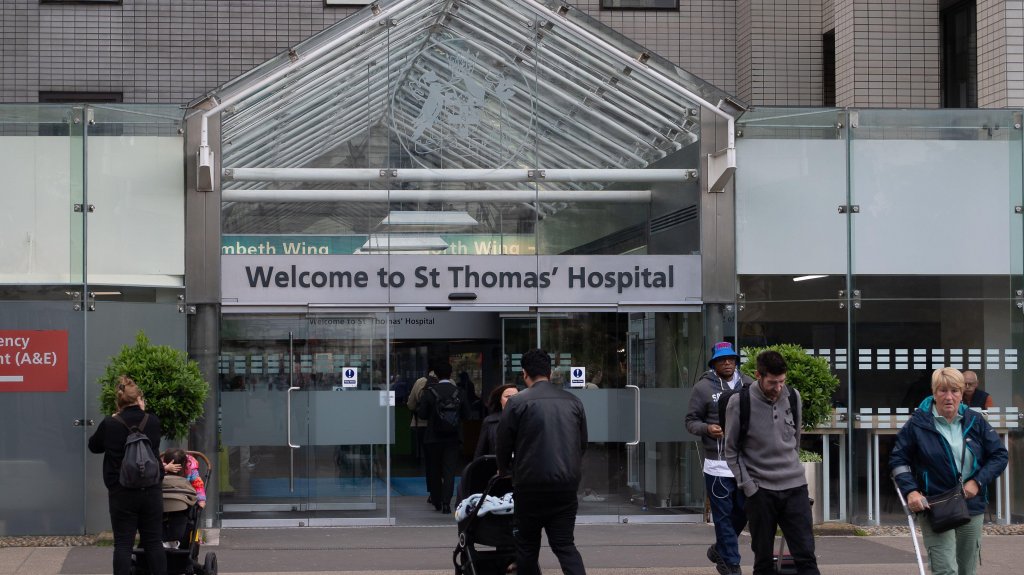The Importance of Effective Communication in Leadership
When Walt and Roy Disney established their film production company a century ago, they instilled in every employee the core principle that defined their work: “Our purpose is to make people happy.” This powerful message served as the driving force behind the company’s success.
Similarly, the American home services firm Dwyer Group (now known as Neighborly) emphasized its values at every meeting of three or more individuals, a practice I experienced during my time with them.
Whether your organization is large or small, effective internal communication is crucial for success—a fundamental aspect that many overlook. Leaders often mistakenly believe that their teams inherently understand what is expected of them. This misconception is especially prevalent in smaller companies where daily responsibilities overshadow the larger mission and goals. As a leader, you must ensure that your team is not only aware of tasks but also comprehends the purpose behind them.
In a recent conversation with Roisin Currie, CEO of Greggs, she emphasized that as a leader, you can never communicate enough. She excels at delivering concise messages, utilizing short soundbites and quick videos on social media to engage her team of 30,000. By implementing digital communication boards across their supply chain, Greggs fosters an environment where all employees feel connected and informed about decisions.
This level of leadership communication is increasingly vital in today’s hybrid work environments, where employees may feel detached from the organization, regardless of online interactions.
It is essential to continuously remind everyone—through digital, verbal, and printed channels—about the business strategy, objectives, and performance. Transparency is key; employees need insight into both successes and challenges. Being forthright about setbacks while focusing on future possibilities builds trust, especially during uncertain times when communication becomes even more critical.
Repetition is not harmful; in fact, it mirrors the world of advertising, where repeated exposure to messages strengthens retention and prompts action.
Just as brands strive to motivate consumers, organizations should equally invest in inspiring their workforce. However, consistency is essential—frequent changes to messaging create confusion, leading to uncertainty about the organization’s direction. Keep the message straightforward and relatable.
After receiving media training from Gavin Scovell, who teaches Premier League managers to present effectively, I recognized the significance of delivering succinct soundbites instead of lengthy explanations. Focus on crafting clear, impactful messages to ensure essential information is conveyed effectively.
In the early days of HomeServe, I prioritized high-touch engagement with colleagues, overlooking the need for a formal communication strategy. However, establishing a structured communication plan created unity within the team, fostering a sense of belonging and purpose among employees.
Over the years, we have pioneered initiatives like our Big Red Sofa video broadcasts to update staff on progress and facilitate open dialogue. Additionally, leadership frequently engages directly with frontline employees at Engineer Roadshows, enhancing connectivity within the workforce. Our core values and strategic goals are prominently displayed through accessible materials, reinforcing a shared commitment.
At Business Leader, we hold monthly all-staff video calls where senior leadership can share departmental updates while encouraging cross-departmental engagement. These gatherings, akin to All-Hands Meetings, foster camaraderie and strengthen alignment with our mission, contrasting with more formal town hall styles.
Regardless of nomenclature, regular communication sessions are vital to any strategy. It’s essential to maintain a consistent schedule without frequent cancellations. If your organization isn’t implementing enough communications today, increase them judiciously to avoid future cutbacks.
To gauge the effectiveness of your communications, consider conducting staff engagement surveys. At HomeServe UK, we utilize Great Place To Work surveys, asking questions that specifically address communication effectiveness and engagement with leadership.
Of all communication forms, the most crucial is the face-to-face interaction between individual managers and their teams, as this bottom-up approach often yields more significant results than top-down communications.
Many organizations have embraced technological solutions to enhance internal communications, utilizing platforms like Happeo, Slack, and Google Workspace. While email remains useful, these tools allow for tailored messaging and facilitate improved feedback for personalized communication.
While perks such as free meals and office games can enhance workplace morale, my experience suggests that the best performance, collaboration, and decision-making arise from leadership’s commitment to communication investment.
Richard Harpin is the founder and chairman of HomeServe, and serves as a Growth Partner and owner of Business Leader.




Publicar comentario